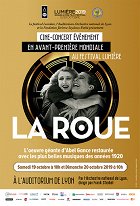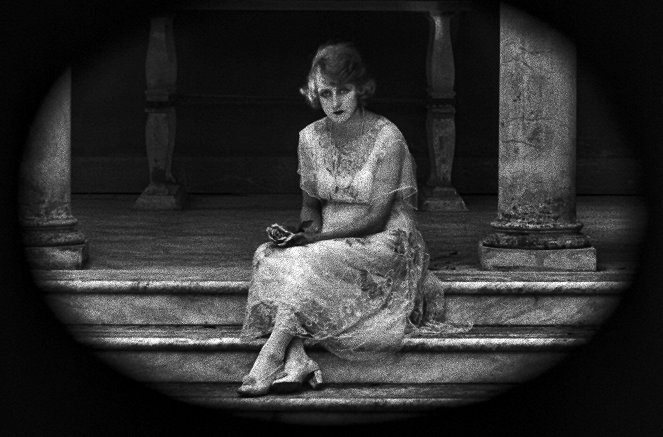Inhalte(1)
Der Lokomotivführer Sisif, ein Witwer, rettet bei einem Zugunfall ein kleines Mädchen, Norma. Das Waisenkind wächst zusammen mit Sisifs Sohn auf. Alles scheint wunderbar zu verlaufen, doch je älter Norma wird, desto stärker empfindet Sisif eine aufkommende Liebe für sie. Sisif lebt mit Elie in einer Berghütte auf dem Mont-Blanc. Dort bedient er die Bergbahn, während Elie Geigen baut. Derweil ist Norma mit ihrem Ehemann im Urlaub in den französischen Alpen. Sie führen eine unglückliche Ehe und Hersan ist aufgrund riskanter Börsengeschäfte finanziell ruiniert. Elie hingegen hat als Geigenbauer eine große Zukunft und fährt zu einem Violin-Wettbewerb nach Chamonix, der in dem Hotel ausgetragen wird, in dem Norma und Hersan einquartiert sind. Norma erkennt Elies Violine an ihrem Klang wieder. Die beiden vermeintlichen Geschwister gestehen sich ihre Liebe, als Hersan unerwartet auftaucht. Vergeblich bittet Norma ihren Mann, sie gehen zu lassen. Stattdessen vergewaltigt er sie. Danach treffen die beiden Männer in den Bergen aufeinander. Hersan stößt Elie in die Tiefe, dieser kann sich jedoch an einer Wurzel festhalten und schießt auf Hersan. Sisif macht sich zusammen mit Norma auf die Suche nach Elie, der sich nicht mehr halten kann und abstürzt. Die Beziehung zwischen Norma und Sisif wird komplizierter. (arte)
(mehr)Kritiken (2)
It's simply too long to be able to hold my attention for nearly five hours in today's time. There are incredible shots, great trick sequences, captivating artistic compositions, but that simply doesn't change the fact that it's still just a story about love that never really found proper fulfillment. I understand the significance of such a film in its time, but for the present time and the present-day person, it's essentially indigestible.
()
The Wheel is truly an ALL-EVENING feature film and, at the same time, a textbook of French cinematic impressionism (from which not only other French filmmakers, but also Soviet and Japanese filmmakers would learn the language of film). Made over a period of five years, the monster project cost 30 million francs, its original length was more than eight hours, and its sweeping nature resembles that of a classic novel. Gance, a lover of romantic literature (he referred to himself as the Victor Hugo of the silver screen), shows himself to be a great romantic. He places emphasis on the intensity of dynamic storytelling in combination with the poetic impression of the scenes. He uses soft focus, details that yield meaning, visual symbolism (circles, roses), kaleidoscopic capturing of impressions (subjective shots, rapid montage, juxtaposition, repetition of shots), bold contrasts (unbearable speed x deceleration, city x countryside, dark train x light mountain part), moving cameras, exterior shooting (in, among other places, the Swiss Alps, which may have inspired German mountain films such as The Holy Mountain and The White Hell of Pitz Palu). Thanks to the large number of stylistic techniques, the interweaving of a sentimental narrative with thrilling action scenes (which Griffith usually saved until the end) and the careful steering of our attention, for example by means of various colour shading of scenes (but also thanks to the banality of the main plot and limited number of characters), the complexly structured narrative with a number of flashbacks is never chaotic or tedious. Nevertheless, some scenes of drawn-out agony, testifying to Gance’s sadistic pleasure in the characters’ pain (as a Buddhist, he was convinced that life was suffering), could be shorter. On the other hand, such excessiveness is an inherent part of the melodrama that The Wheel indisputably is, despite the utilised avant-garde techniques (the storytelling techniques are basically conventional due to their psychological motivation and the emphasis placed on emotions). 80%
()


Werbung